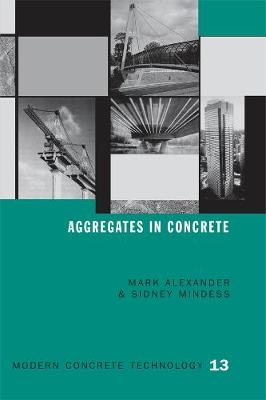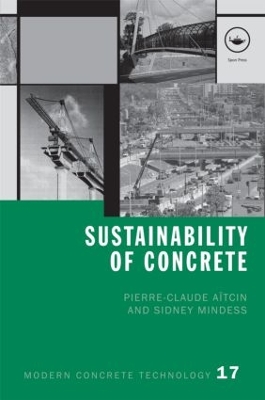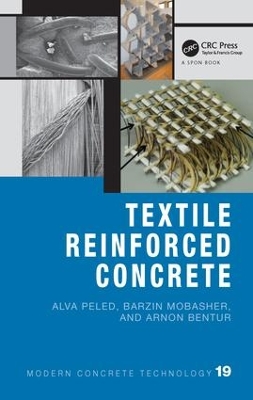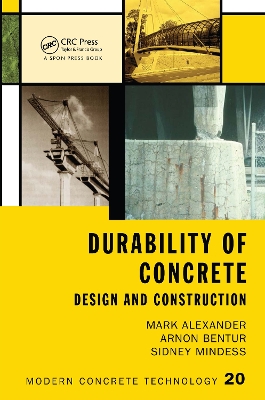Modern Concrete Technology
6 primary works • 8 total works
Book 1
Book 1
Book 1
Steel Corrosion in Concrete
by Arnon Bentur, Neal Berke, and Sidney Diamond
Book 17
Production of Portland cement is responsible for about seven percent of the world's greenhouse gas emissions. The pressure to make the production of concrete more sustainable, or "greener", is considerable and increasing. This requires a wholesale shift in processes, materials and methods in the concrete industry. Pure Portland cement will need to be replaced by more complex binary, tertiary or even quaternary binders, including other types of cementitious materials. We can expect an increasing use of high performance concrete, primarily because of its high sustainability and durability. Much more attention will have to be paid to the proper curing of the concrete if we want to improve its life expectancy.
Presenting the latest advances in the science of concrete this book focuses particularly on sustainability, durability, and economy. It explores the potential for increased sustainability in concrete from the initial mixing right through to its behaviour in complex structures exposed to different types of loads and aggressive environments.
Book 19
Textile Reinforced Concrete
by Alva Peled, Arnon Bentur, and Barzin Mobasher
Textile reinforced concrete (TRC) has emerged in recent years as an attractive new high performance cement-based composite. Textiles can significantly improve the mechanical behavior of cement matrices under static and dynamic conditions, and give superior tensile strength, toughness, ductility, energy absorption and protection against environmental degrading influences.
Flexibility with fabric production methods enables the control of fabric and yarn geometry. This, along with the ability to incorporate into the fabric a range of yarns of different types and performances, as well as cement matrix modifications, enables design of the composite to a wide range of needs.
The book is intended to provide a comprehensive treatment of TRC, covering the basic fundamentals of the composite material itself and the principles governing its performance on a macro-scale as a component in a structure.
It provides in-depth treatment of the fabric, methods for production of the composite, the micro-mechanics with special attention to the role of bonding and microstructure, behavior under static and dynamic loading, sustainability, design, and the applications of TRC composites.
Book 20
This book provides an up-to-date survey of durability issues, with a particular focus on specification and design, and how to achieve durability in actual concrete construction. It is aimed at the practising engineer, but is also a valuable resource for graduate-level programs in universities. Along with background to current philosophies it gathers together in one useful reference a summary of current knowledge on concrete durability, includes information on modern concrete materials, and shows how these materials can be combined to produce durable concrete. The approach is consistent with the increasing focus on sustainability that is being addressed by the concrete industry, with the current emphasis on 'design for durability'.





